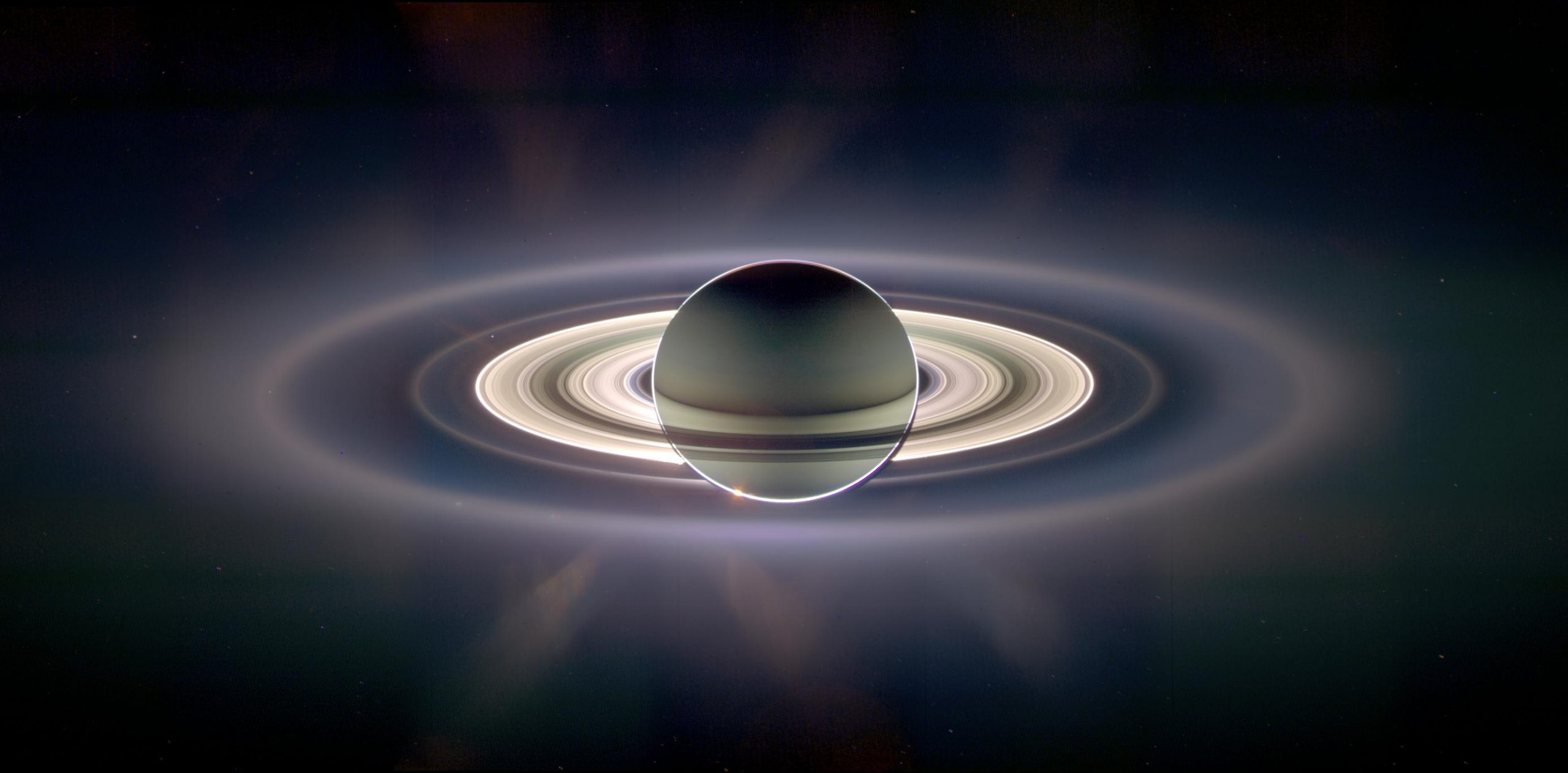Saturn, the second-largest planet in our solar system, is renowned for its majestic rings. Its unique characteristics and potential for harboring life have made it a prime target for exploration.
Early Saturn Missions
The first spacecraft to visit Saturn were Pioneer 11 in 1979 and Voyager 1 and 2 in 1980. These missions provided valuable information about the planet’s atmosphere, rings, and moons.
Cassini-Huygens Mission
The Cassini-Huygens mission, launched in 1997, was the most comprehensive study of Saturn and its moons. The Cassini orbiter studied the planet’s atmosphere, rings, and magnetosphere, while the Huygens probe descended to the surface of Saturn’s moon Titan. Huygens made groundbreaking discoveries about Titan’s atmosphere and surface, including the presence of methane lakes and rivers.
Key Discoveries from Saturn Missions
- Complex Ring System: Saturn’s rings are composed of countless particles of ice and rock. The Voyager missions revealed the complex structure of the rings, including the discovery of the F ring and the shepherd moons that maintain its shape.
- Titan’s Atmosphere: The Cassini-Huygens mission discovered that Titan has a thick atmosphere composed primarily of nitrogen and methane. This atmosphere is similar to Earth’s early atmosphere, making Titan a potential candidate for life.
- Enceladus’ Geysers: Cassini discovered geysers erupting from the surface of Saturn’s moon Enceladus. These geysers are believed to be evidence of a subsurface ocean, making Enceladus a promising target for future exploration.
Future Saturn Missions
There are no currently planned missions to Saturn. However, future missions may focus on exploring Saturn’s moons in more detail, particularly Enceladus and Titan. These moons are believed to have the potential to harbor life, making them exciting targets for astrobiology research.
Saturn remains a fascinating and enigmatic planet. As we continue to explore this gas giant and its moons, we can expect to make new and exciting discoveries about our solar system.
